Is your V a temperamental B? It might be your undies. Your underwear’s fabric, care and expiration date all play a role in the health and comfort of your vag.
Wondering if you should even be wearing underwear? Pros and cons to both sides but ultimately, your box, your choice. (If there’s one thing you do knicker-less, let it be sleeping – the breathing benefits are magic.)
Table of Contents
- Vaginal health and your underwear
- Best underwear materials for your vagina
- Best underwear type for vaginal health
- How often should you replace underwear?
- How to wash your underwear
- FAQs
Vaginal health and your underwear
Officially reclaiming “think outside the box” as an underwear cry for healthy vaginas. If you’re one of those lucky someones who is predisposed to urinary tract or yeast infections, learn how your undies contribute to a happy 😻.
First, some fact-checking and myth-busting:
Your underwear helps:
- Regulate temperature
- Absorb or wick moisture
- Provide an anti-chafe barrier between the vulva and clothing
- Protect your clothes from vaginal discharge and other fluids
Your underwear does not:
- Instantly cause infections, though it can increase your risk if you wear unnatural fibers, are not cleaning your undies properly or changing them frequently enough
External factors like sugary diets, harmful soaps and douches, and overall well-being are the villains that janky undies unwittingly support.
The best underwear materials for your vagina
The best underwear material is made from natural fibers, specifically cotton. Cotton is your best bet for a happy snatch: it’s gentle to the skin, breathable, comfortable and affordable.
Think about the face masks you’ve worn against your mouth with varying degrees of discomfort and irritation. Your vulva area is just as sensitive! Fabric and fit matter.
Cotton will gently absorb extra moisture and discharge away from your vulva and vagina while preventing heat from being trapped in your underwear.
If your skin is especially delicate, aim for organic cotton that is free of chemicals and contaminants.
Best underwear for preventing UTIs
A urinary tract infection (UTI) or bladder infection can occur when foreign bacteria enters the urethra. This bacteria can hitch-hike in your undies from sex and not cleaning yourself properly after pooping. The result is a maddening, frequent urge to urinate followed by a sharp razor blade-y sensation and strong odor.
In addition to proper hygiene, your undies can help! Choosing underwear made from cotton allows your vagina to breathe while absorbing fluids that could otherwise force their way into your urethra. Wearing loose-fitting clothing can also help in regulating your body temperature and keeping the air flowing.
Best underwear for preventing yeast infections
The same rules apply to preventing yeast infections, which occur when the pH balance of the vagina changes.
Yeast infections aren’t necessarily caused by your undies – that’s mostly an inside job. Factors like pregnancy, diabetes and using unnatural douching/vaginal sprays can tweak out your yeast counts. BUT! Adding in a tight, smother-y, synthetic panty dome can be the tipping point that seals your fate.
Again, stick with cotton undies and loose clothing. Synthetic materials like nylon, lycra and spandex hold on to the warmth your body kicks out, which creates an accidental bacteria incubator when you add in sweat and discharge.
Best underwear for preventing bacterial vaginosis
Bacterial Vaginosis (BV) is a common cause of unusual vaginal discharge. Not everyone has symptoms, but those who do notice a strong fishy smell and a change in the color and consistency of their discharge. AKA you will feel like The Pussycat Dolls in your next board meeting.
Though it is not a sexually transmitted infection, BV can increase your risk of developing diseases like chlamydia.
Again, hygiene + well-fitting, cotton panties are going to be your best anti-BV bet. Avoid introducing harsh chemicals to your vagina (can we burn down the douching aisle yet?) and pay attention to any sudden changes in your body. If you’re experiencing more discharge than usual, change your underwear twice a day while monitoring the sitch.
Best for working out
Okay so, everything we told you about cotton underwear is WRONG for the gym. While breathability is most important for everyday wear, moisture-protection is most important for a sweat sesh.
Yeast and bacteria party in dark, moist environments, so we need to keep those undies dry-dry-dry, non-chafing and ideally, antimicrobial. This means rocking moisture-wicking synthetic materials like high-tech polyester. (Which are still available with cotton gussets to let the V breathe.)
You could always opt to go undies-free – some shorts have moisture-wicking underwear built in.
Check out our top selects for the best underwear for a clean butt.
Best for periods
Multiply performance underwear by about a thousand and you have period panties. Which is probably the best invention since dry shampoo.
Period panties are great for monthly use and in those sensitive postpartum weeks when it isn’t yet safe to wear a tampon. They contain multiple layers of microfiber polyester – literally thousands of small filaments – which pull moisture away from your skin as they soak up menstrual blood. Which is why it never feels like sitting in a boggy pad.
These magic undies also have a microbial layer to prevent you from smelling your own moon blood.
Menstruator’s choice whether you wear period panties solo or in addition to other sanitary products.
Best for pregnancy
Everything you thought you knew about underwear changes when you’re rocking a bump or healing from a C-section.
In addition to your cut preference evolving according to how your body responds to pregnancy, you may also notice more sensitivity in your vulva with the added pressure of um, growing a human.
Things that may suddenly matter:
- Ultra-low rise bikinis to tuck under your belly.
- Ultra-high rise briefs to pull over your belly.
- A low-cut thigh for extra comfort.
- A wider seat to support your bottom.
- A waistband that hits well above your C-section scar.
While cotton undies may serve you well in the beginning, a micromodal fabric will be much thinner, supremely soft and more comfortable – with a 50% greater water absorbency than cotton.
Oh, and we’ve got you in all the details concerning postpartum pooping.
Best types of underwear for vaginal health
Despite the haters preaching conspiracies on thongs, there is no scientific data linking string underwear to increased vaginal infections.
The healthiest cut for your vagina should simply cover the labia. So the right fit is all about choosing what works best for your body shape. Boxers to briefs, Bikinis to G-strings, go with what fits well and makes you feel good!
How often should you replace your underwear?
Raise your hand if your go-to underwear is see-through and not in the sexy way.
Replacing your ‘roos once a year, as recommended, seems a little excessive. But get this: A Good Housekeeping Institute report found that even clean knickers can contain up to 10,000 living bacteria. AND! The average pair of underwear will also contain traces of poop.
Unless you’re rocking a TUSHY affordable bidet to help wash away excess bacteria, your undies can quickly become a HAZMAT situation if not replaced every year.
How to wash your underwear
Most of us throw our undies on a gentle cycle and call it a day, when the real “delicate” item is our vagina.
Remember that underwear is sitting up against your most sensitive parts for hours on end. Harsh chemicals and lingering bacteria can be a real issue post-wash.
Follow these steps to get the cleanest results:
Needed items:
Your underwear
Hypoallergenic soap to reduce itching and irritation
Washing machine or sink for hand washing
Dryer for a quick bacteria-blasting cycle
Wash *normal dirty* underwear separately from *unhealthy dirty* contaminated fabrics (e.g. garments that have come into contact with bacterial vaginosis, blood, vomit, or a housemate who is sick – your beave doesn’t need that in its life).
Machine or hand wash per the fabric requirements with gentle soap.
After washing, tumble dry on low-heat for 30 minutes. This can help minimize new bacteria that’s been picked up during the wash.
Wondering how to deal with a real butt sweat sitch? We’ve got you.
Conclusion
- Cotton rules the panty kingdom.
- Fit and cut completely depend on your shape and personal comfort.
- Going commando at night gives your V a cool ocean breeze.
- Hypoallergenic soap is a must.
- You know your vag best. If you’re feeling itchy, sweaty or irritated, switch up your underwear routine and pay attention to how your body responds.
FAQS
Why does my vagina bleach my underwear?
Don’t panic if it looks like someone tie-dyed the crotch of your skivvies. The acidic nature of your discharge interacts with the dye of your underwear’s fabric, creating the appearance of “bleach spots.” It’s perfectly natural, and a sign your vagina is healthy.
Which underwear is recommended by gynecologists?
Generally, GYNOs love cotton undies (make it organic to avoid irritating chemicals) that fit comfortably. So while that may be a boxer for one body type, a thong or brief may be better suited for another. Cotton knickers absorb moisture and are easy to care for, making them perfect for everyday use.
How do I protect my underwear from discharge?
You can always throw in a panty liner and make it a party or opt to change your underwear twice a day to reduce the amount of discharge absorbed in the gusset. Remember, cotton undies were born and bred for this. So bring on the vaginal self-clean cycle!




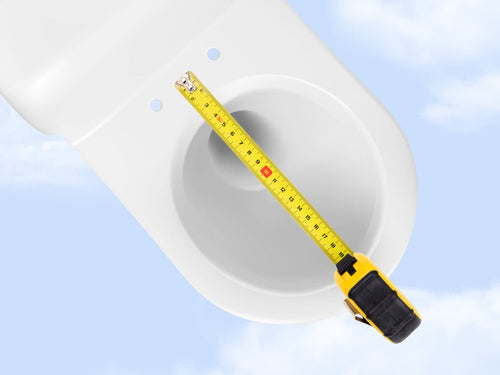





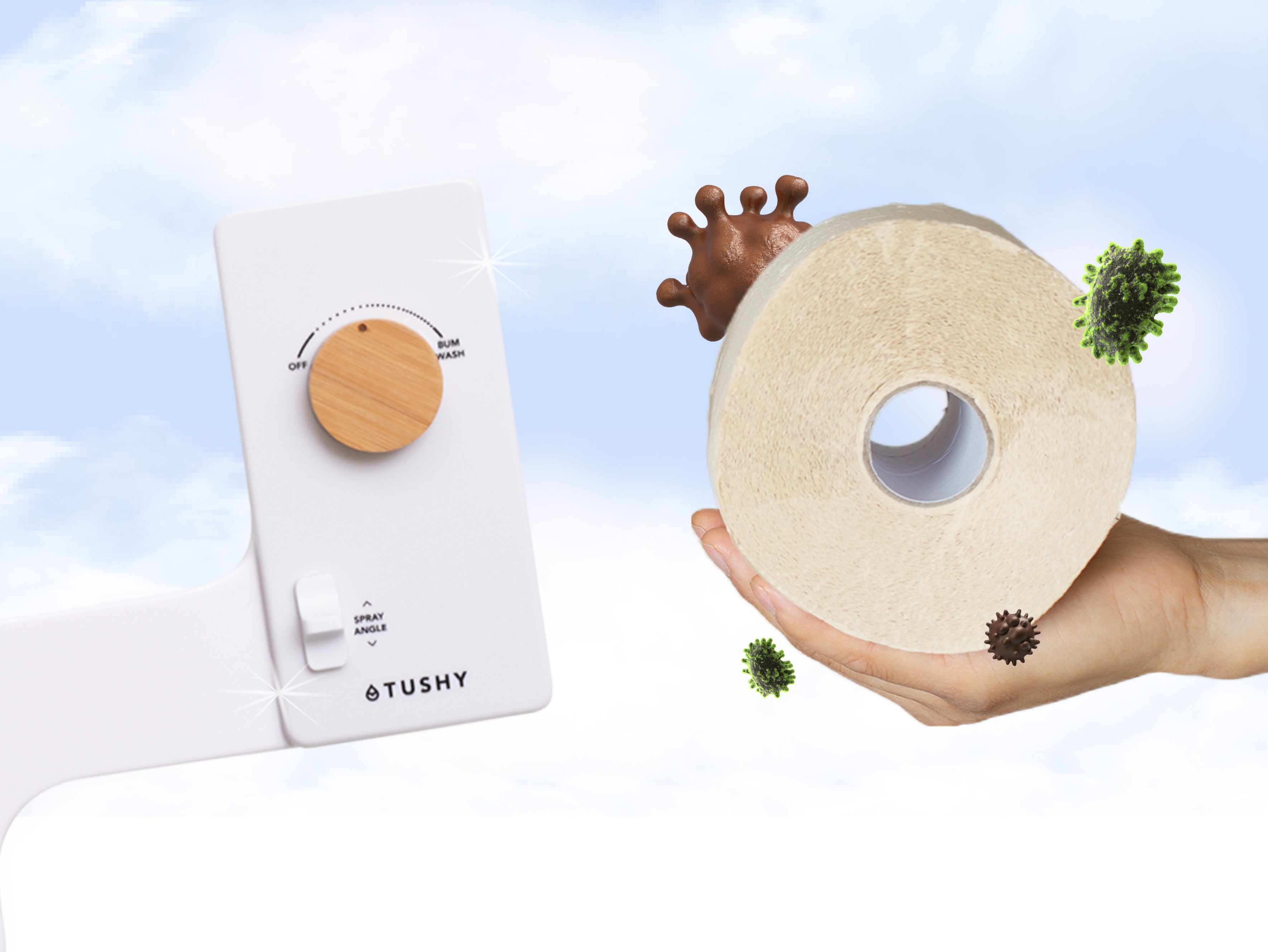


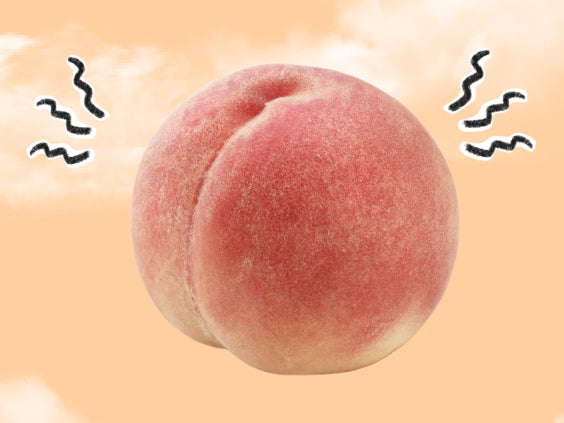

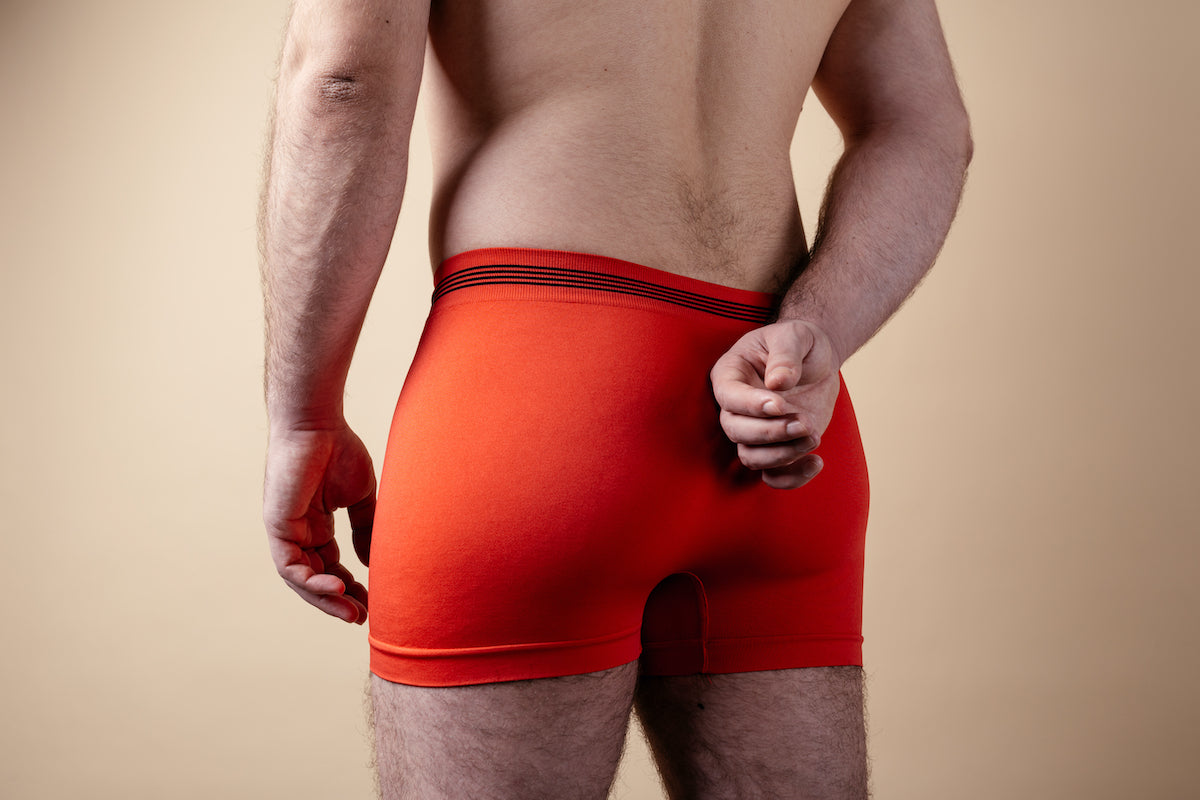
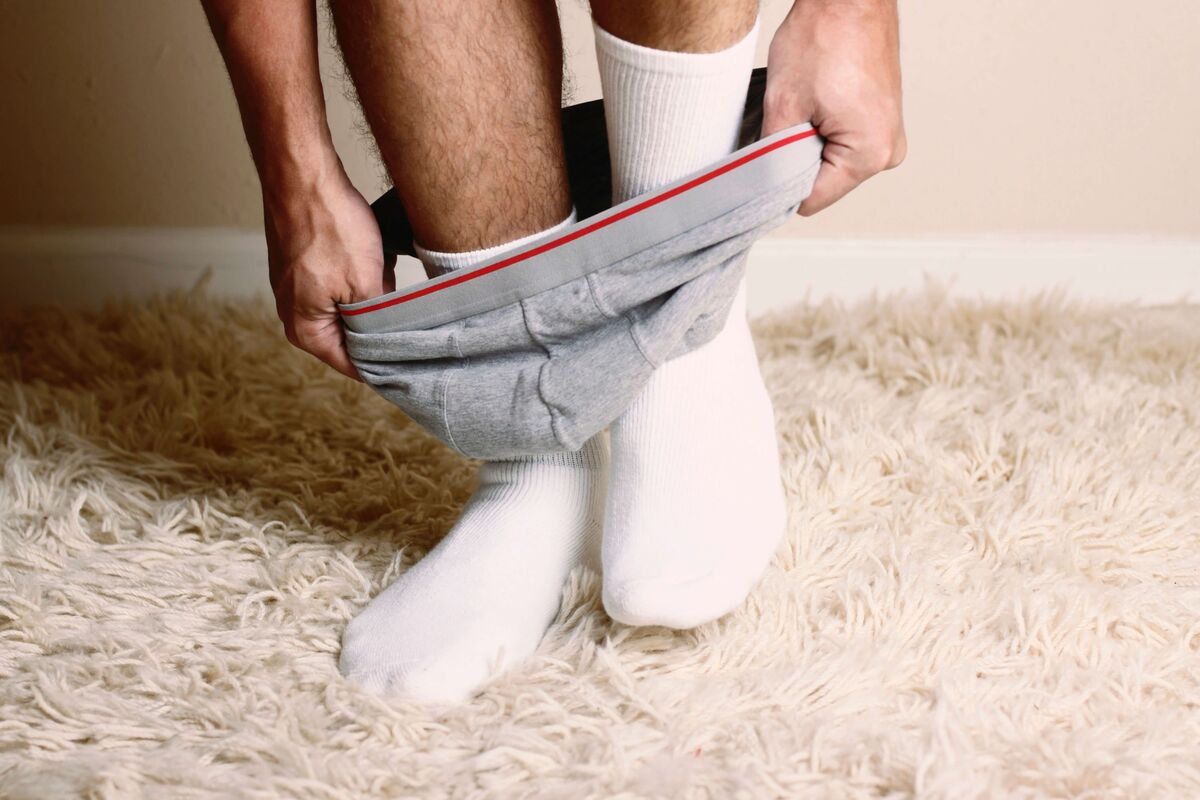
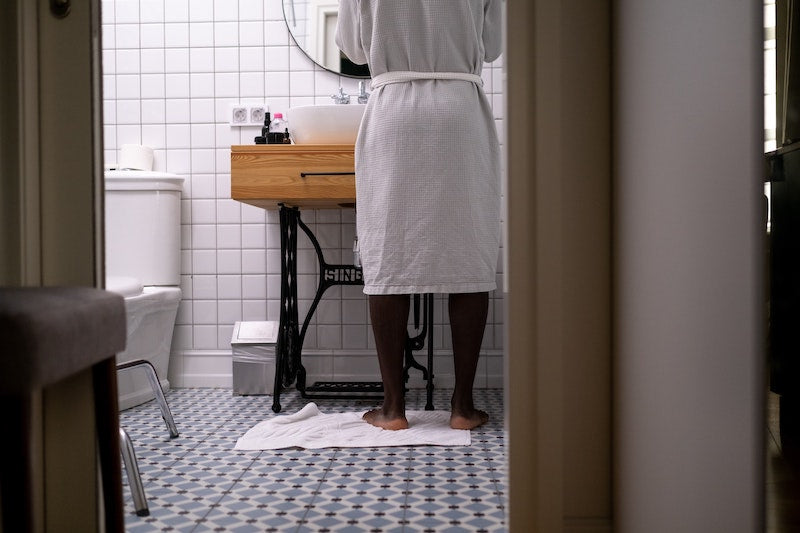

![Why It Feels Good to Poop [Poophoria Explained]](http://hellotushy.com/cdn/shop/articles/Poophoria_Explained.jpg?v=1611854103)








